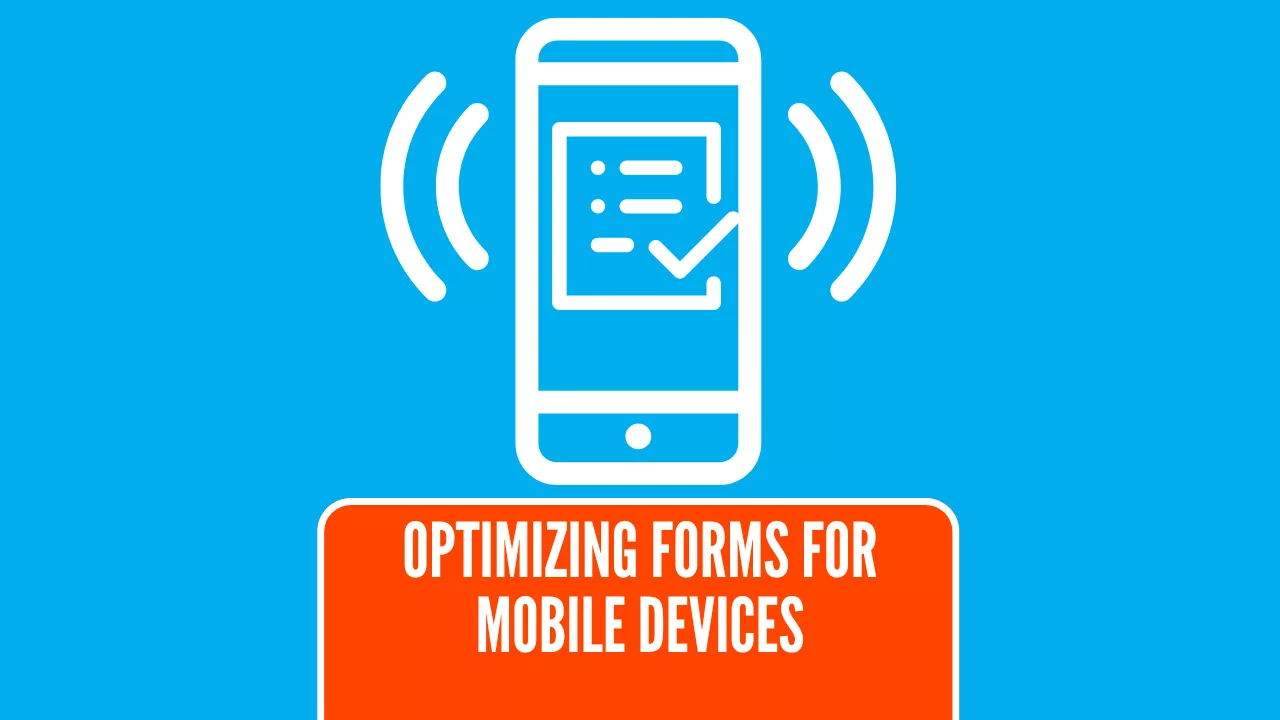This guide covers simplifying form fields, enhancing user engagement, and ensuring fast load times. Turn your mobile visitors into leads effectively.
Key Takeaways
- Keep lead generation forms simple by limiting fields to 3-5 essential ones to boost conversion rates.
- Multi-step forms reduce overwhelm by breaking down complex information, enhancing user engagement.
- Optimize for mobile with responsive design and clear CTAs to improve form visibility and encourage completions.
Simplify Form Fields for Mobile Devices
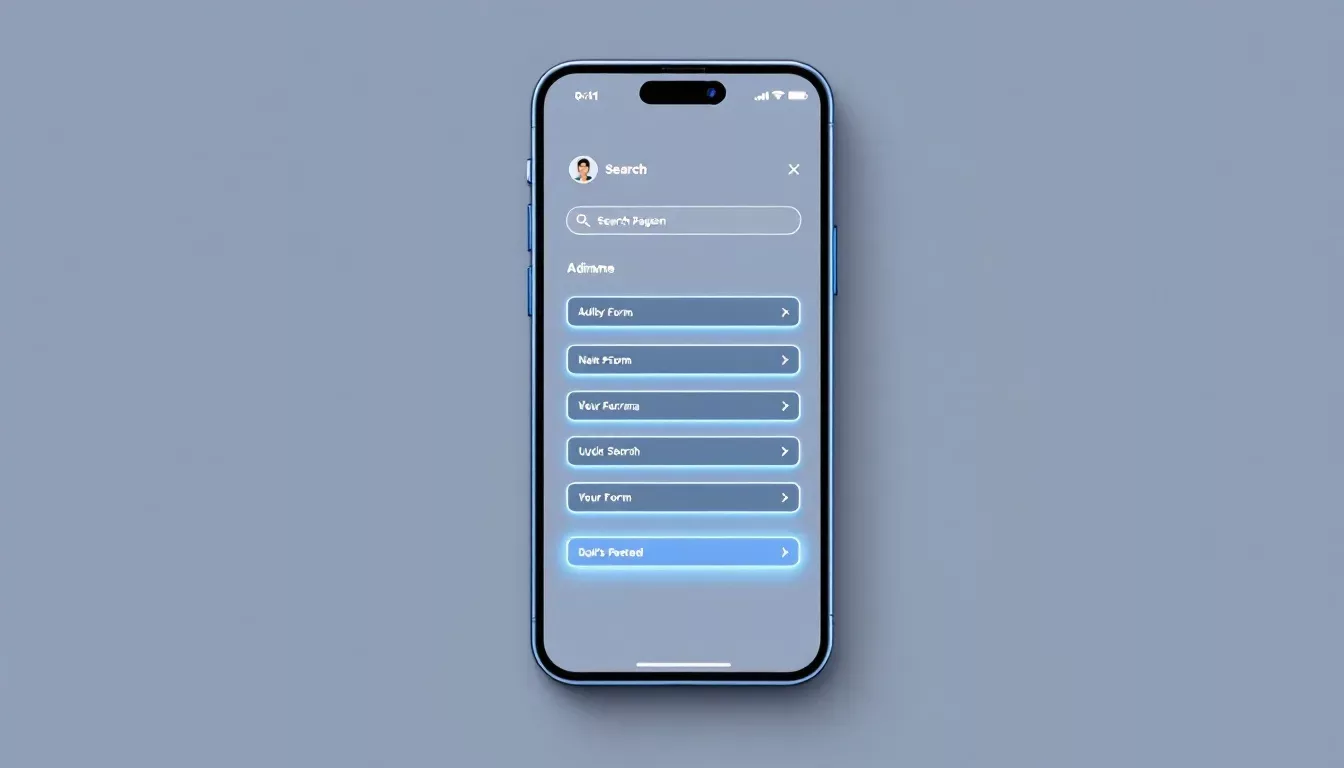
Simplifying form fields for mobile lead generation reduces cognitive load and enhances user experience, making the form-filling process quicker and easier. Streamlining forms to include only the most necessary fields can reduce user friction, leading to faster completion rates and higher conversions.
Aim for 3-5 fields in your forms to achieve nearly a 50% increase in conversion rates.
Remove unnecessary fields
Streamlining lead generation forms supports business growth. Balancing necessary and non-essential fields significantly reduces user friction. Ideally, forms should include 3 to 5 fields to minimize friction and enhance user experience.
Use drop-down menus for selections like country or industry to simplify the process further.
Prioritize essential information
A simple design allows users to complete tasks quickly and efficiently, giving them complete control. Progress indicators provide a sense of accomplishment and encourage users to complete the form.
A progress bar in multi-step forms helps users perceive their advancement, motivating them to finish the form.
Use Multi-Step Forms to Enhance User Engagement
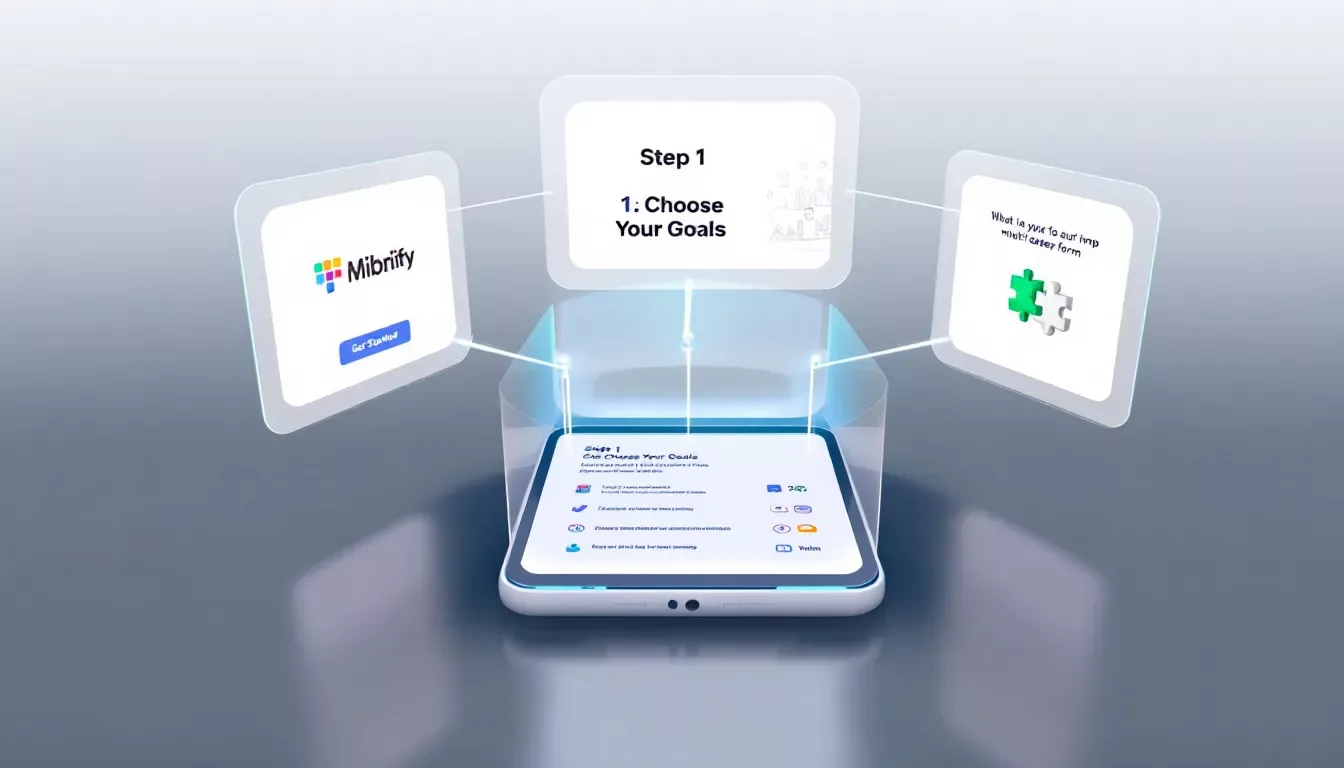
Multi-step forms are designed to minimize user overwhelm by presenting questions in smaller, manageable sections. They break down complex forms into multiple steps to create forms, enhancing user engagement and reducing anxiety.
ClickUp and Deel effectively use multi-step forms by capturing basic information first, making the process more user-friendly and allowing for retargeting ads for incomplete submissions.
Break down complex forms
Dividing lengthy forms into smaller, manageable sections makes the process less overwhelming for users. Airtable’s approach to account creation exemplifies a simple multi-step form design that prioritizes user ease, utilizing basic sign-up options.
Allowing users to self-disqualify and not feel pressured to complete all steps can enhance the overall experience.
Guide users through the process
Dividing lengthy forms into smaller parts reduces user anxiety and creates a more interactive entire process. Multi-step forms often use the foot-in-the-door technique to encourage completion. Providing transparency regarding the estimated time to complete the form can help maintain user engagement. Informing users about progress can enhance their experience during the form completion process.
Adaptive forms gather detailed information and help users gain valuable insights without overwhelming them.
Optimize Form Design for Mobile Users
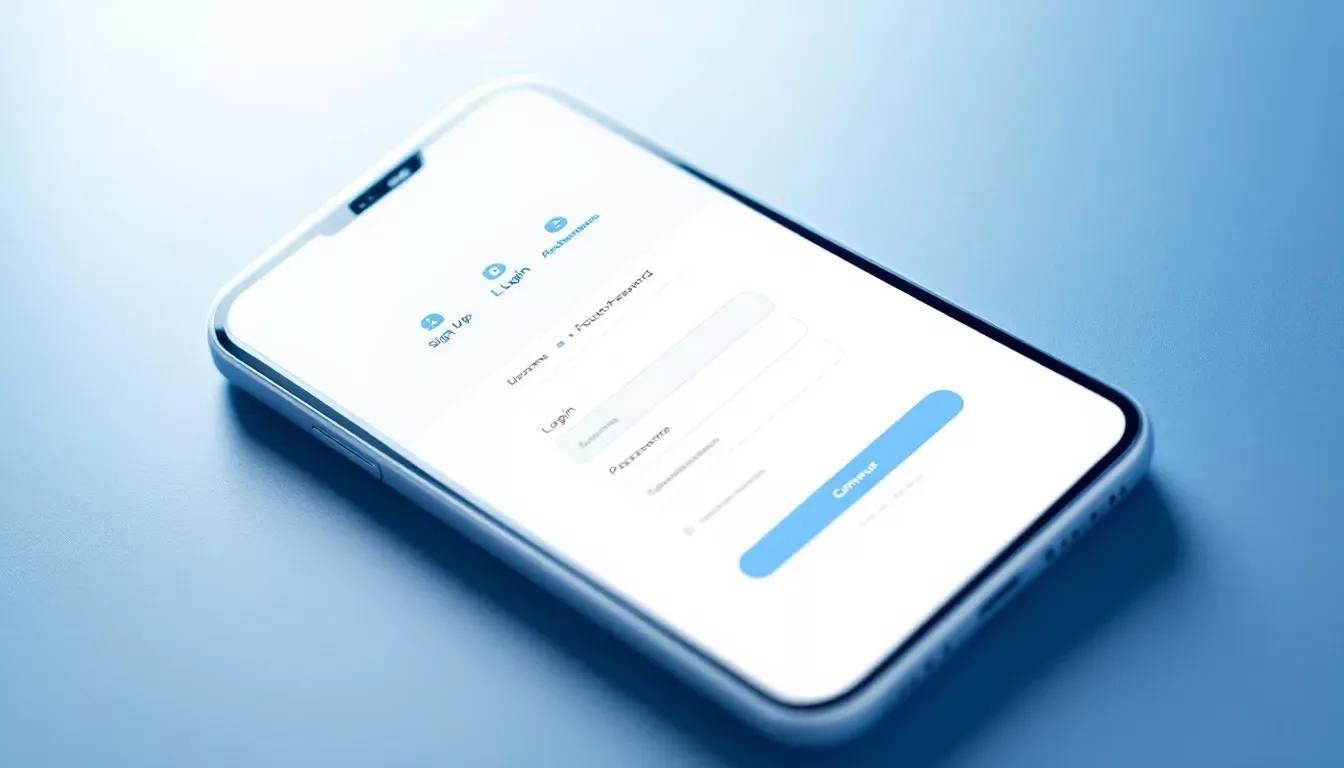
Responsive design adapts form layouts to different screen sizes, ensuring a consistent user experience across devices. Using a single-column layout allows users to navigate forms in a straightforward vertical direction, minimizing confusion.
A simplified design reduces cognitive load for users, promoting easier engagement and interaction with mobile forms.
Responsive design
Responsive design creates a seamless experience across different devices, enhancing user engagement. By adjusting layouts for various screen sizes, responsive design significantly improves mobile lead generation optimization. A clean layout with easy-to-read fonts is essential in responsive design, enhancing user interaction on mobile devices.
Responsive design is crucial for optimizing lead generation forms for mobile users and implementing responsive design a mobile lead generation strategy with mobile friendly forms to capture mobile leads.
Touch-friendly elements
To ensure a positive mobile user experience, it is essential to use large buttons and input fields that accommodate touch interactions and interactive elements. Mobile CTA buttons should be large, bold, and clear to encourage user action and enhance interaction.
Design buttons and links on mobile forms to create mobile friendly forms that are easily clickable to prevent user frustration.
Enhance Form Visibility and Accessibility
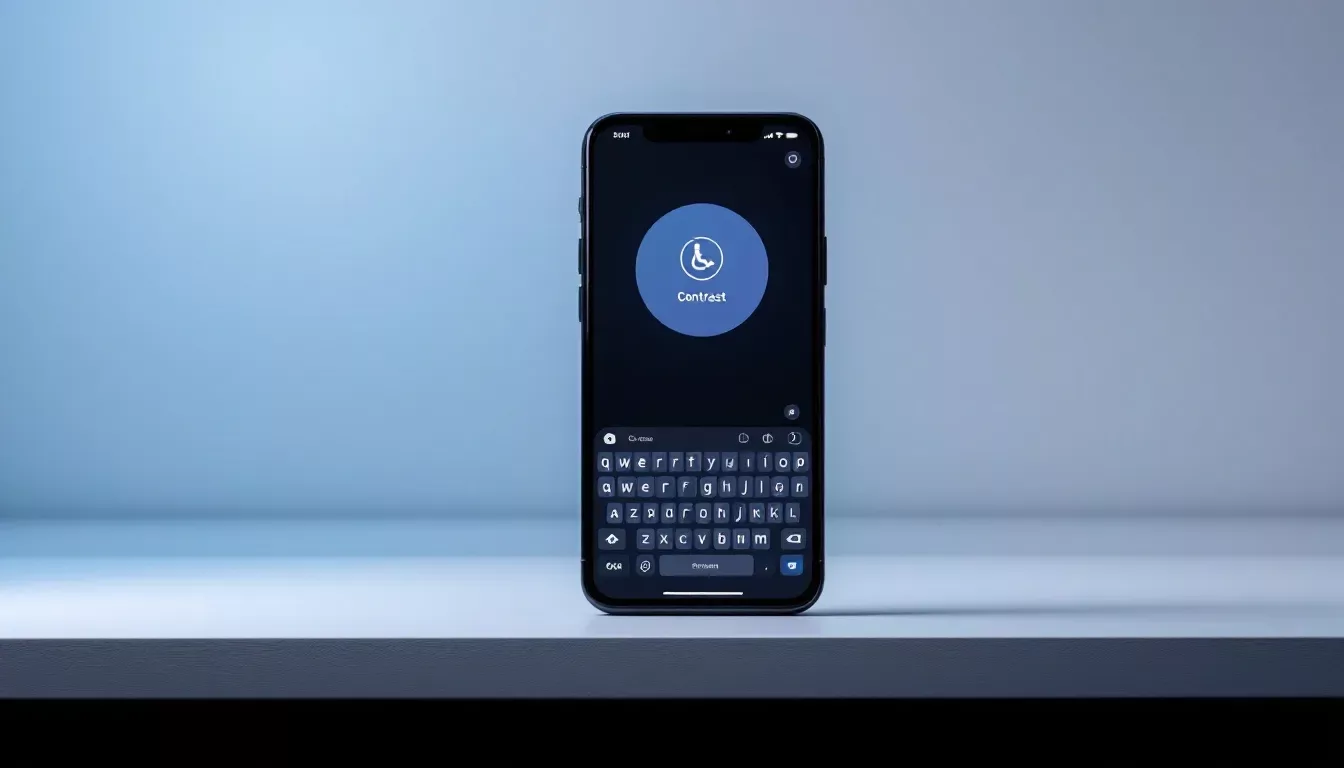
Forms should be easily visible to users, as this greatly affects lead conversion rates. A/B testing can reveal which elements of forms—such as CTAs and layouts—boost conversions most effectively.
Minimizing distractions around the form helps keep the user’s attention focused, improving the likelihood of form completion.
Strategic placement
Positioning forms in high-traffic areas of a website maximizes user interaction. Ensuring forms are placed within the user’s natural browsing path can improve their visibility.
Effective form placement significantly enhances lead generation by increasing submission rates.
Clear call-to-action (CTA)
CTAs should be prominent and visually distinct, using bold colors to grab attention on mobile screens. Using bold, contrasting colors and recognizable icons makes click-to-call buttons more effective.
Clear CTAs should convey value and urgency, utilizing action-oriented text to significantly enhance form submission likelihood.
Leverage Auto-Fill and Save Features
Auto-fill features aim to maximize conversions by making form completion quicker and easier for users. By improving user experience, auto-fill options can automatically display increased overall form completions rates.
The purpose of auto-fill features in form creation is to reduce the time spent on completing forms.
Enable browser auto-fill
Enabling browser auto-fill lets users quickly populate form fields with stored information, enhancing the user experience. Using browser auto-fill significantly increases the chances of form completion, making it easier for users to submit their information.
Save partial entries
Allowing users to save partial entries lets them pick up where they left off without losing data, enhancing their experience. A function to save partial entries helps users easily return to their forms without losing previously entered data.
Test and Optimize Form Performance
More fields decrease conversion likelihood, making it important to reduce the number of required fields in lead forms to address psychological barriers to conversion. A significant portion of testing forms on various mobile devices is crucial to identify usability issues and ensure consistent performance across devices.
Tracking form performance identifies bottlenecks and enhances user experience.
A/B testing
The purpose of A/B testing forms is to identify areas for improvement and enhance conversion rates. A/B testing determines which form variations have higher conversion rates. The system offers insights regarding optimal form lengths. It also recommends designs based on user behavior.
A/B testing is useful for identifying which versions are more effective. It helps in finding those that achieve higher conversion rates.
Use analytics tools
Tracking lead capture forms is essential for effectively optimizing form performance to capture leads. Google Analytics tracks both primary and secondary conversions. It also monitors user interactions with forms, which aids in identifying bottlenecks.
Balancing the total number of form submissions with lead quality avoids cluttering the CRM with non-converting leads.
Offer Incentives to Encourage Form Completion
Incentives motivate users to complete lead forms. Instant rewards like discounts or free trials can significantly enhance users’ willingness to complete forms, providing social proof of the benefits.
Exclusive content as an incentive for form completion drives user engagement and motivates submissions.
Instant rewards
Instant rewards refer to immediate benefits like exclusive content or discounts given to users in exchange for filling out lead capture forms. Examples of instant rewards include a 30-day free trial, discounts, or access to free resources.
Offering instant rewards can provide urgency, create a positive experience, and increase user engagement, leading to higher form completion rates.
Exclusive content
Providing exclusive content as an incentive can enhance a user’s perceived value of completing a lead form. Exclusive content makes users feel privileged and special.
Exclusive resources or content can create a sense of privilege, motivating users to provide their information.
Ensure Fast Load Times for Optimal User Experience
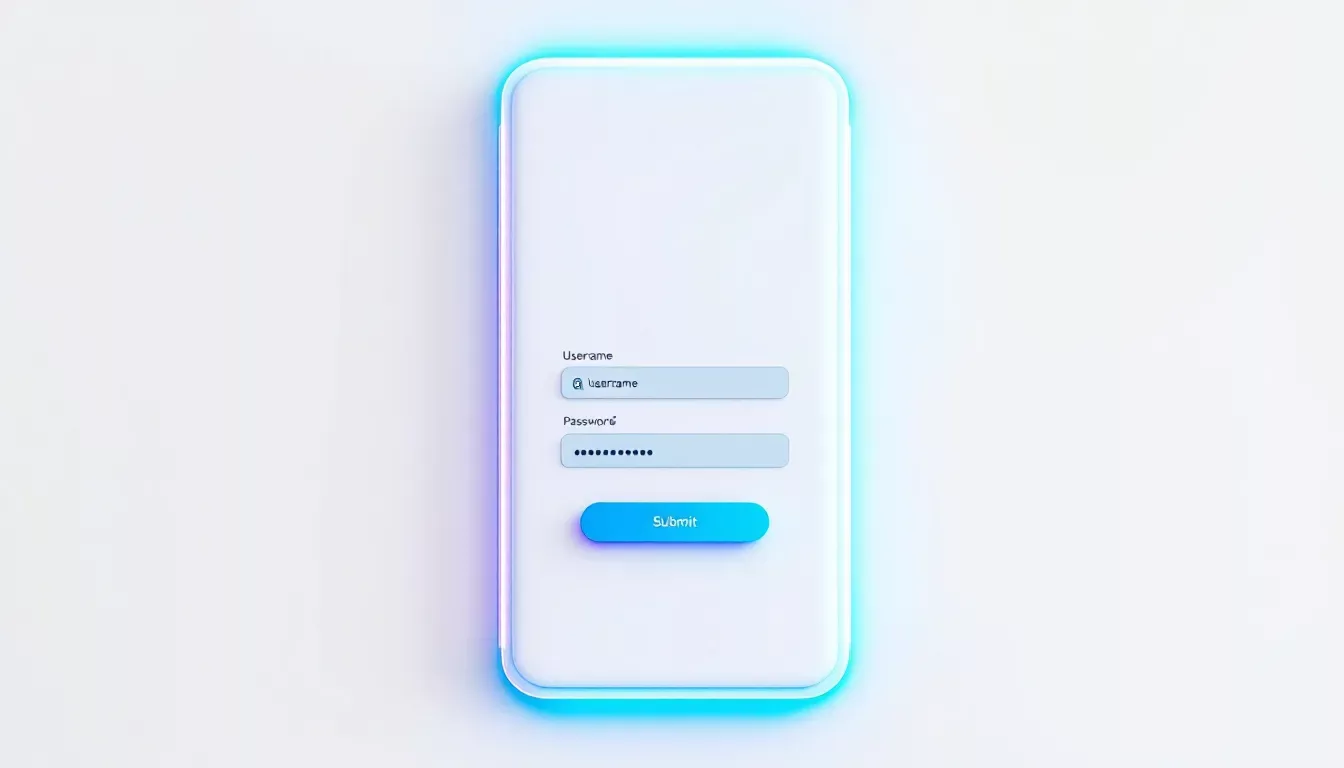
Fast loading times are critical for maintaining user interest on mobile devices. Mobile users expect websites to load quickly, with 53% leaving if a page takes more than three seconds. Faster load times can improve user experience significantly.
Faster load times enhance user satisfaction and boost conversion rates.
Optimize images and scripts
Using next-gen image formats like WebP can significantly improve image compression without sacrificing quality. Image optimization and browser caching can drastically reduce load times.
Use performance monitoring tools
Core Web Vitals, such as Largest Contentful Paint (LCP) and Cumulative Layout Shift (CLS), are crucial metrics for assessing user experience on mobile. Tools like Think with Google can be used to test and monitor mobile website speed effectively.
Monitoring website performance optimizes the user experience on mobile devices.
Integrate Lead Forms with CRM and Marketing Tools
Streamlining data collection from lead forms is crucial for effective management and follow-up. Integrating CRM with marketing automation enhances capturing leads and personalization, leading to improved conversion rates.
An effective integration of lead forms with CRM and marketing tools significantly increases lead generation efficiency and enhances lead management efficiency to effectively capture leads.
Streamline data collection
A centralized repository for collected data streamlines operations and enhances data management. Integrating CRM with marketing tools creates a single source of truth for customer data, improving data accessibility and reliability.
Integrating lead forms with a CRM system ensures efficient management and follow-up to convert leads.
Automate lead nurturing
It’s critical to maintain the interest of a qualified lead after form submission by immediately following up with a confirmation email. Using CRM data is essential for triggering automated lead nurturing messages based on the specific actions and interests of leads.
Automated lead nurturing delivers timely and relevant content to nurture leads, boosting engagement and increasing conversion likelihood.
Utilize Single Column Layouts for Better Mobile Navigation
Utilizing a single-column format for forms on mobile devices can streamline the user experience. Single-column layouts for mobile forms enhance readability and focus.
Mobile-friendly websites need a clear layout with large, readable fonts to improve user experience.
Avoid clutter
Reducing visual clutter can significantly improve form completion rates. A single-column layout minimizes clutter, enhances organization, and improves navigation. Keeping layouts clean and simple helps avoid overwhelming users.
Optimizing lead generation forms requires prioritizing simplicity and clarity to enhance user experience and create a well optimized form that incorporates lead form optimization to generate quality leads.
Focus on simplicity
Offering a simple and easy-to-navigate contact forms increases the likelihood of form completion and engagement. Simplicity in form design directly contributes to a positive user experience, which in turn leads to higher conversion rates.
A simple, straightforward design in mobile forms is essential for enhancing user experience and providing an enhanced user experience.
Summary
In summary, optimizing lead generation forms for mobile devices involves several best practices that collectively enhance user experience and boost conversion rates. Simplifying form fields, utilizing multi-step forms, and ensuring responsive design are foundational steps. Enhancing form visibility, leveraging auto-fill features, and offering incentives further encourage form completion. Testing and optimizing form performance, integrating CRM and marketing tools, and utilizing single-column layouts ensure a streamlined and efficient process.
By implementing these strategies, businesses can effectively capture leads, improve user engagement, and drive higher conversions. Remember, the key to successful mobile lead generation lies in creating a seamless, user-friendly experience that meets the evolving needs of mobile users.
Frequently Asked Questions
Why is simplifying form fields important for mobile devices?
Simplifying form fields is crucial for mobile devices because it makes the process easier for users, leading to faster completions and better overall experiences. This approach not only reduces frustration but also boosts conversion rates, making it a win-win!
How do multi-step forms enhance user engagement?
Multi-step forms enhance user engagement by breaking down complex information into manageable steps, making the process feel less overwhelming and more interactive. This approach not only reduces anxiety but also encourages users to complete the entire form.
What are the benefits of responsive design for mobile forms?
Responsive design for mobile forms provides a seamless user experience, keeping users engaged and increasing your mobile lead generation. It’s all about making it easier for people to interact with your site, no matter what device they’re using.
How can offering incentives increase form completion rates?
Offering incentives like instant rewards or exclusive content can significantly boost form completion rates by motivating users with tangible benefits. It’s a simple way to encourage participation and make the process more appealing!
Why is it important to integrate lead forms with CRM and marketing tools?
Integrating lead forms with your CRM and marketing tools is crucial because it streamlines data collection and boosts your lead scoring, which ultimately increases your conversion rates. By doing this, you can personalize your outreach more effectively and turn leads into loyal customers.

